How to train for Camino de Santiago?
How to train for Camino de Santiago Camino de Santiago is a significant decision that requires thorough preparation. However, to be completely honest, when I first started my journey in Saint-Jean-Pied-de-Port in 2019, I was not on the well-prepared side at all. I was 24 at the time, studying in Paris, and the main reason I wanted to do the Camino was that I had visited Santiago de Compostela with my high school when I was 18, and I really liked it there.
At that time, I decided to do it in the future, when I was older and brave enough. Basically, my approach on how to train for Camino de Santiago was borrowing my mum’s backpack, which she used to travel with as a university student. Spoiler: everything went completely fine, and look, I even made it to the team of WAW. However, I do wish that at the time, I had read a blog post about how to train for Camino de Santiago. It’s never too late; now, at least, I can write one! In this blogpost we summarise how to train for Camino de Santiago .
How to train for Camino de Santiago?
How to train for Camino de Santiago when there are so many options? Your journey starts with choosing between the various Camino de Santiago routes. Some routes are widely recognized as the most mainstream and popular options for walking. However, interestingly, some people begin their journey right from their own homes! I’ve heard of people who have walked from Belgium, Luxembourg, and Germany.
Choosing Your Route
Different Camino de Santiago routes can offer vastly different experiences. The Camino Primitivo, also known as the Original Way or the Primitive Way, is recognized as the oldest route among the Caminos de Santiago. Meanwhile, the Camino Francés, or the French Way, is generally regarded as the most popular route and often the first choice for many pilgrims.
Besides these, the Camino del Norte, or the Northern Way, provides the opportunity to traverse the stunning coastline of Spain. All of them are stunning – but you have to choose the one that fits you best.
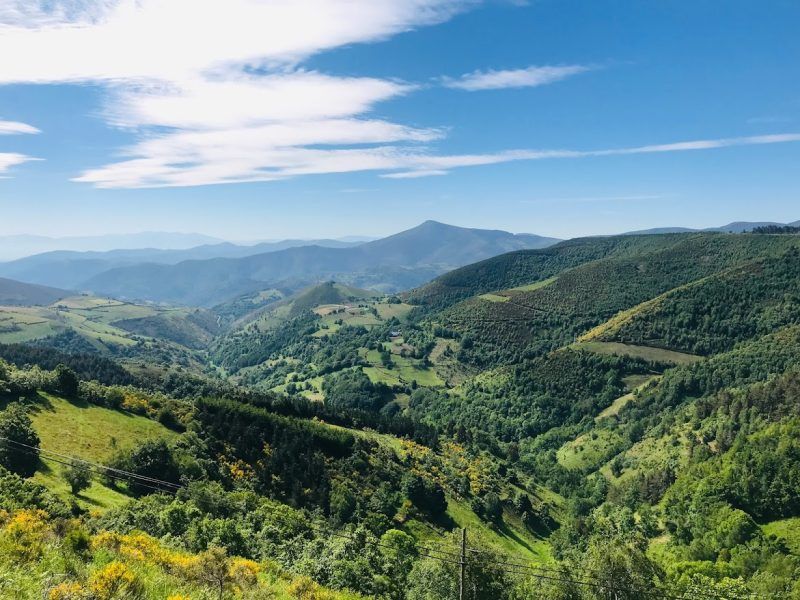
Essential Gear
Knowing what to pack for the Camino is essential for your memorable journey – and by memorable, I mean in a good way. Therefore, it’s important to gather all the Camino de Santiago essentials: hiking boots, lightweight clothing, a durable backpack, toiletries, and a first aid kit are among the essential gear to consider. And, of course, most importantly: your pilgrim’s passport!
Mental and Emotional Preparation
Part of understanding how to prepare for the Camino de Santiago is recognizing that it’s not just a physical trek; it’s also a mental challenge. Getting ready for the Camino spiritual journey can involve activities like practicing mindfulness, daily meditation, and journaling, which you can delve deeper into once you’re walking.
Nutrition and Hydration
The best food on the Camino de Santiago can be found in the most unexpected spots. Once, I slept in a tiny village with only a few dozen people. Our host cooked for the five of us, and honestly, that was the best paella of my life! And by the way, Camino food and drinks are available for vegetarians and vegans too. I personally experienced this and enjoyed plenty of delicious meals, whether from restaurants offering pilgrim menus or from supermarkets along the way.
Safety and First Aid
When it comes to Camino de Santiago safety, preparing for the unexpected is crucial. Carry a small yet reliable first aid kit for Camino de Santiago to address any minor injuries, such as blisters, cuts, or sprains, that may occur along the journey. I swear by blister patches, so make sure to pack some in your backpack. They can be an absolute mood saver!
Practical Tips for how to train for Camino de Santiago
How to train for Camino de Santiago by understanding your walking capabilities and preferences. My forever rule is to start slow, covering shorter distances initially, and gradually build it up over time. As the days progress, the body strengthens, allowing you to extend your walking distance gradually. Keeping this in mind when preparing your Camino de Santiago daily distance can give you a more relaxed start and a more dynamic continuation on the road!
Personal Growth on the Camino de Santiago
The Camino spiritual journey is an experience of a lifetime. I had never experienced anything like it before: I felt like my mind had never been as crystal clear, I had the best sleeps of my life, and I met so many interesting people that I can still remember from all these years passing. To be honest, I got completely hooked on to the feeling of long-distance walking.
But didn’t we all at WAW? This passion for the Camino and other thru-hikes is what keeps us together. I hope this post on how to prepare for the Camino de Santiago was a good start to your planning – feel free to reach out to the WAW team if you have more questions!
(* Guest blog from our colleague Anilla Till).


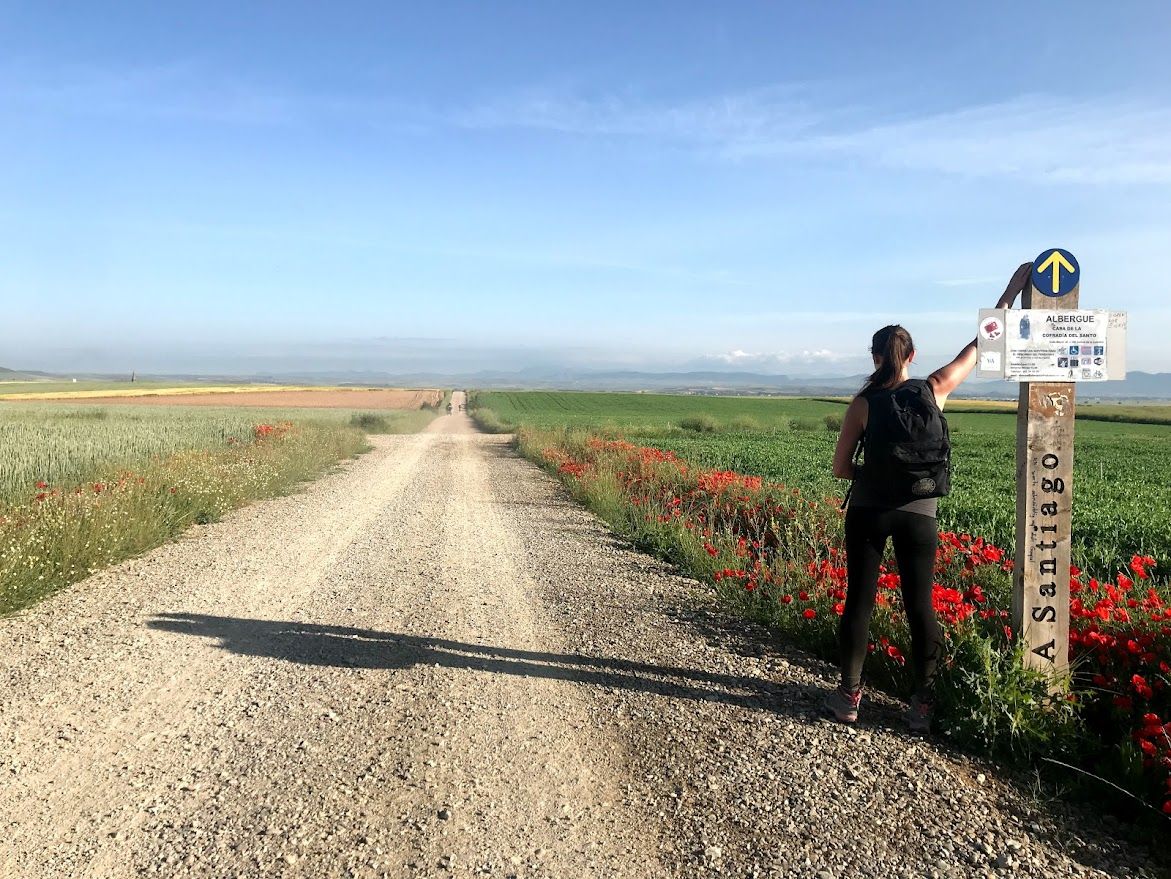
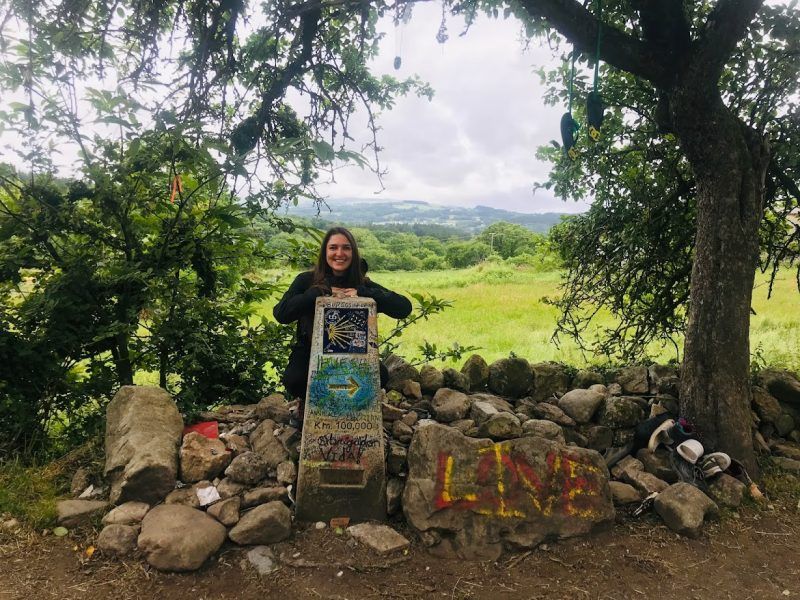
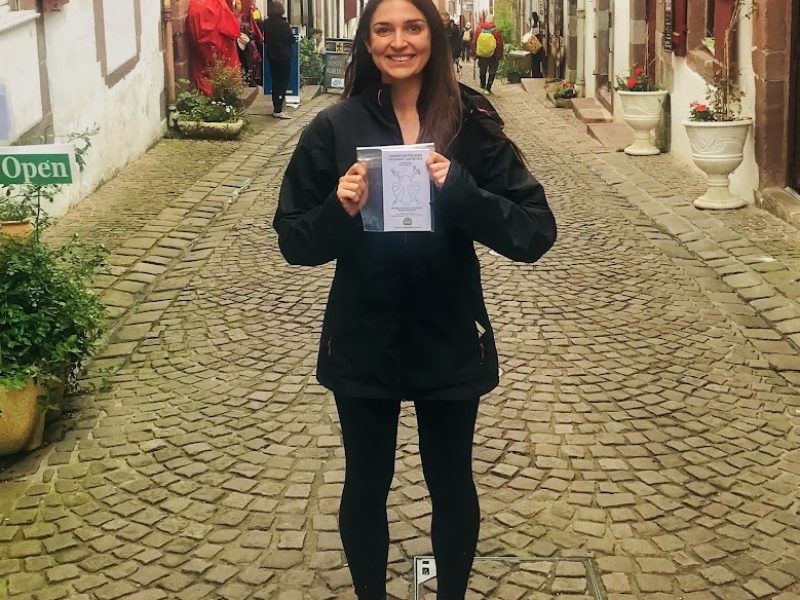
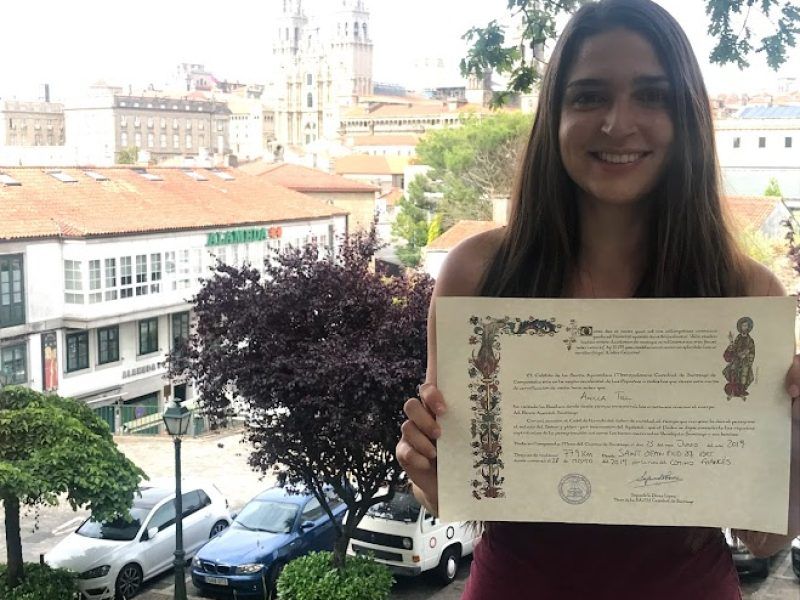
Comment (0)